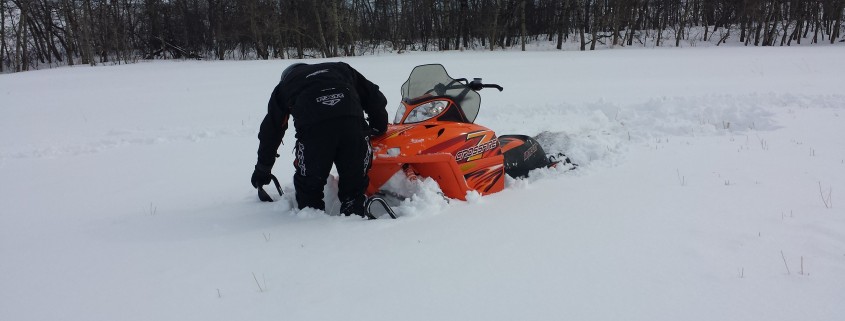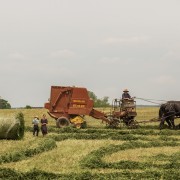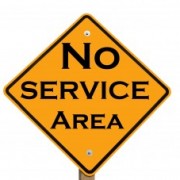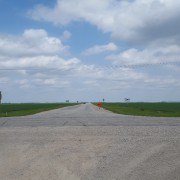Life and Business Can Sometimes Be Like Snowmobiling
I love sledding. I don’t get out nearly enough, but I can say the same about playing ball or golfing in the summer. I’m no expert at snowmobiling, but I learn something new each time I ride, and I really enjoy riding with people who, like me, are still learning how to be better.
Let’s go back to the late 90’s when I was getting more serious about sledding. I had just purchased a late model 500EFI; I was reading the magazines and watching the TV programs. One TV episode I especially took to heart and it saved my bacon that season.
The instruction in that one segment of that one TV episode was how to manage a steep hillside. Considering I’m way too much of a prairie dog to have deep desires to ride the mountains, I could have used that time to get another snack, use the washroom, change the channel, or whatever. But I paid attention.
Later that winter, I was riding with one other person in an area neither of us was familiar with. We were in the ditch of a gravel road when we came to a wide old creek bed. The bottom was probably 30-40 feet deep with a four strand barbed-wire fence running right where the base of the slope met the bottom of the ditch. Couldn’t go down, we had to ride the shoulder of the road.
I’m sure you can all picture what seemed like a 60 or 70 degree pitch with at least a 30ft drop; it was imminent doom should we lose control and start barrel rolling down that slope. But I remembered the lesson from the TV program about how to manage steep hillsides: both feet on one runner, lean hard, and stay on the throttle! About half way across I had visions of dying in the bottom of that creek as I felt my machine start to pull downward, but I hit the throttle, the machine rose back up, and I made it across.
It is human nature to pull back or slow down when we get into a trouble spot. We inherently want to be cautious when we see something that we believe to be dangerous. But is what we are seeing actually dangerous? Not always, and less so if you know what you’re doing.
Direct Questions
Is it your practice to always “pull back?” Is it your practice to always “push forward?” What’s been your level of success with either?
When you’ve committed to a decision, are you able to “stay on the throttle” through to completion, or are you inclined to pull back?
How confident are you in “assessing the danger” objectively without letting emotion impede your decision?
From the Home Quarter
No one can deny that our best decision that day on our sleds would have been to turn around. But we pushed ourselves through the fear of failure and grew our confidence by several multiples because of our success. Sometimes in business, pulling back is exactly the wrong decision. It has been said that you “cannot shrink your way to greatness.” But either way, if you don’t understand the degree of danger or trouble you’re facing, you’re likely to make the wrong decision. Staying on the throttle does not guarantee success; this is not a rule. Sometimes we need to pull back. The trick is to know when to pull back, and when to “Just Give ‘Er!”












Leave a Reply
Want to join the discussion?Feel free to contribute!